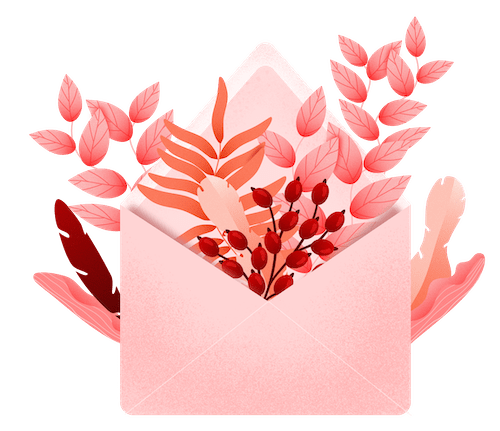By Dr. Pavini Moray
Founder of Wellcelium
I once watched a video of a new mother bear with her cubs. She was patiently laying down and allowing her cubs to nurse. After a while of this, the cubs began to play with each other, still mostly on their mother’s body. The play became more and more vigorous, until finally the patient mama bear had enough and she swatted one of the cubs. It wasn’t severe, but just enough to get the message across: knock it off. She asserted her boundary; “Don’t do that while you are on my body.”
Boundaries are how you discern what is you, and what is not you.
I want you to imagine a well attended garden, bordered by a beautiful fence. Inside this garden are lush flowers and vegetables and a lot of love. Outside, are hungry dear. The fence helps protect and nourish what is on the inside.
It also protects our relationship with the hungry dear, since you don’t get angry at them for eating all of your hard work. If you imagine the same garden but now with no fence, how do you know what to attend, where to plant, and where the garden ends?
Basic boundaries help you know what is yours and what is not yours.
Some examples of physical boundaries are fences, walls, windows, gates, doors, skin. Physical distance or time can also be a boundary.
Examples of emotional boundaries include saying no, maintaining your truth, and standing up for your integrity. To feel safe children need to be able to say:
- no
- I disagree
- I will not
- I don’t want to
- stop
and have their boundaries respected.
Boundaries keep what is good and desirable in and keep what is unwanted out.
When boundaries are violated, this order can get reversed.
Boundaries are a way that we value and protect our own needs and desires.
We set boundaries in many places, including at work, in our families, with children and animals, with money and food, with our friends, and in romantic relationships. It’s possible to have strong boundary skills in one area and not another.

Suggested Practices:
Part of being an emotionally-responsible adult is learning where your boundaries are, and verbally communicating them.
Boundaries become the practice of paying attention to nuance, and to acting on your own behalf in a way that also acknowledges the humanity of the other. This is elegant. Instead of walls made of brick 6 feet away from your body, your body IS your boundary.
How to set boundaries:
- Verbal: “For the sake of our continued connection and relationship, I have a boundary I need to share with you.”
- Non-verbal: body language, hands up
Tending to yourself when setting boundaries is scary: self care before and after practicing is very important. Start with low-cost of admission boundaries and build confidence.
Ask the following questions as a Boundary Risk assessment:
- What will probably happen if I set this boundary?
- What will probably happen if I do not set this boundary?
Recommended Resource:
Boundaries 101: Learn to Set Boundaries For Yourself and Others
Podcast episode 77 from Let’s Get Vulnerable with Dr. Morgan | Tickle.Life




